
How Long Do I Leave Yogurt Soaked Tampon In – Will It Treat Yeast Infection?
How long should you let a yogurt tampon sit in case of yeast infection? You must have thought of this when deciding to use yogurt to treat yeast infections.
Tampons can be soaked for two to four hours in plain, probiotic yogurt twice daily to treat yeast infections. Yogurt tampons should be used for about seven days.
By balancing the bacteria in the vagina, a yogurt syringe can be used to treat a yeast infection. To find out how to leave a tampon dipped in yogurt, continue reading.
How Long Do I Leave Yogurt Soaked Tampon In?
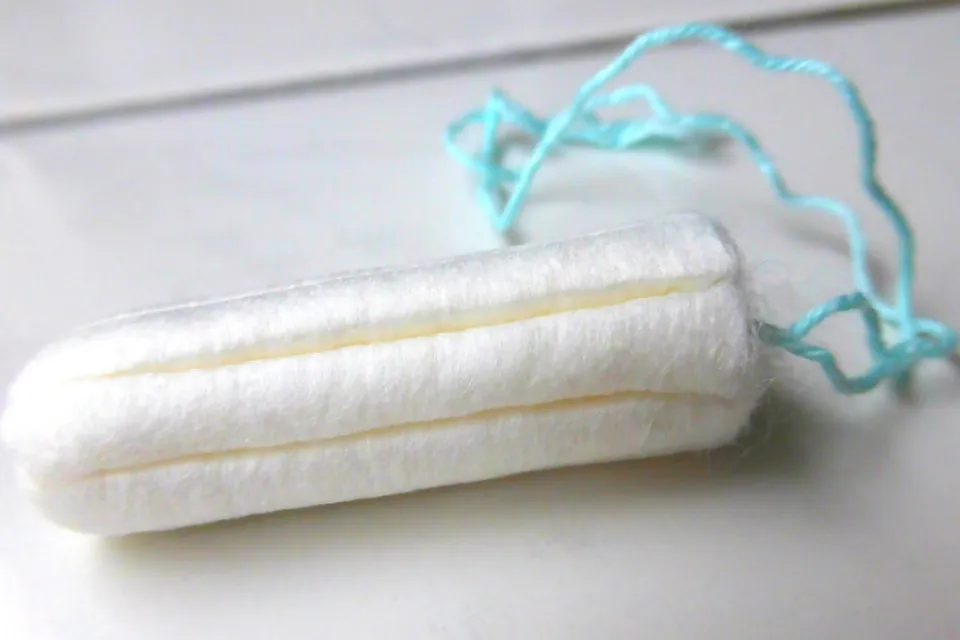
The severity of your situation will determine how to respond to this question. You can leave a yogurt tampon in for 4 hours, or ideally overnight, if you have a mild, recent yeast infection.
Nevertheless, it might take longer than a week if you have a severe yeast infection.
To treat your yeast infection, you should also be aware of the type of yogurt you should use. A type of beneficial bacteria called lactobacillus, which already resides in your vagina, must be present.
In reality, an abundance of a type of bacteria called Candida causes yeast infections. Candida coexists peacefully and in perfect balance with other bacterial species in a healthy vagina.
However, as soon as your internal equilibrium is upset, Candida albicans grows unchecked and infiltrates your vagina, killing the beneficial bacteria and leaving you vulnerable to yeast infections.
All girls and women, regardless of age, can get yeast infections. You are not alone in experiencing a yeast infection because most women experience at least one case of it throughout their lifetime.
The itching, burning, and thick, cottage cheese-like discharge are all signs of a yeast infection.
Most women who have yeast infections turn to over-the-counter medications like antifungal creams and suppositories. The candida albicans may become more resistant to this treatment, though, if it is used repeatedly.
Why You Can Use Yogurt to Treat Yeast Infection?

Yogurt can be used to treat a yeast infection in three main ways.
- Eating yogurt as part of your diet
- Using a tampon to insert yogurt in your vagina ( the most used method )
- using yogurt to treat the region around the vulva.
Yogurt should be inserted into your vagina with the aid of a tampon or just your fingers for the best results in treating yeast infections.
A plain, unsweetened yogurt should be used first. This is crucial because using yogurt that has added sugar will only make your situation worse since yeast is known to feed on sugar.
Some women find that freezing the yogurt before using it provides a calming relief. The burning and itching there can be relieved by inserting frozen yogurt because your vagina is already inflamed.
That’s all, if you’re debating using yogurt to treat your yeast infections, or at the very least to lessen the symptoms, I strongly advise you to do so.
How Long Does It Take to Fully Cure a Yeast Infection?
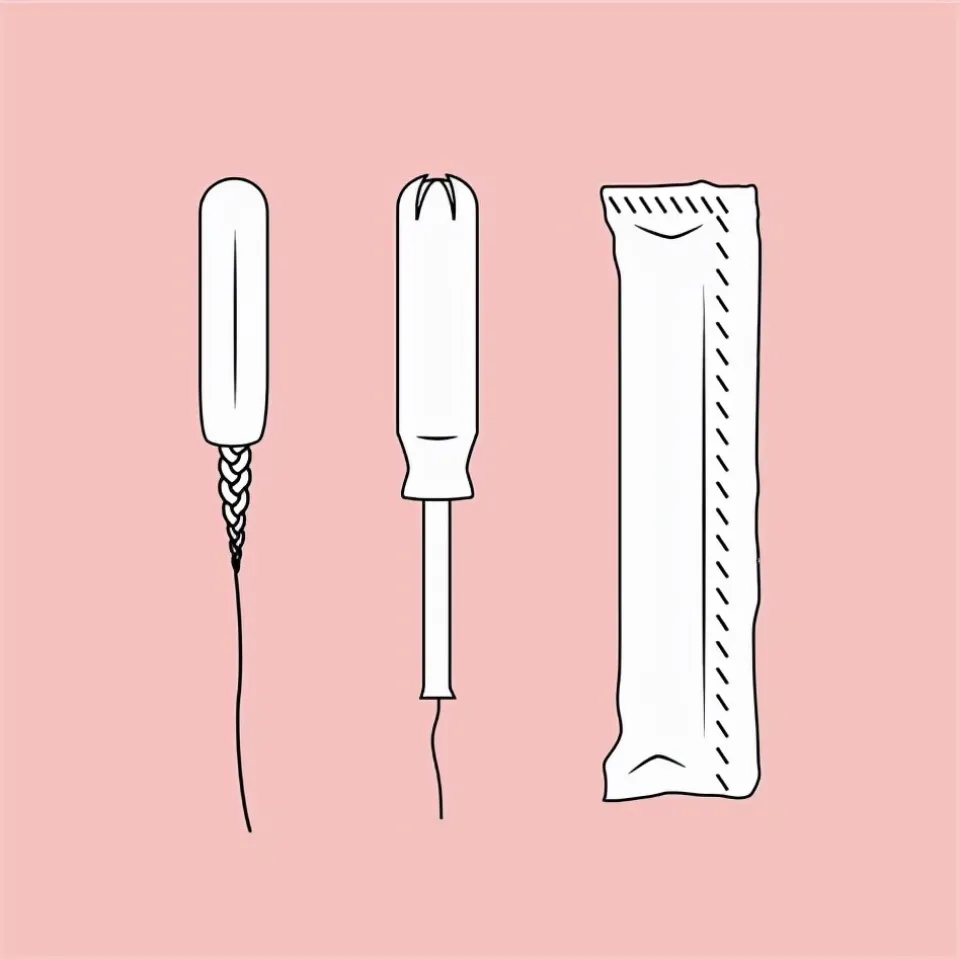
What is the typical duration of a yeast infection, in your opinion? The yeast infection may take a week to clear up, though, because the medication does not completely cure it. A longer course of treatment may be required for more severe cases, which could last longer. The infection might come back if you abruptly stop taking the medication.
There are many ways to treat a yeast infection. Depending on how seriously you take it, you will receive a different kind of care. Mild infections can be treated with OTC remedies and treatments. With the aid of a prescription, it is possible to receive the most efficient treatment.
Yeast infections might disappear without any medical intervention. Although there are some natural remedies for yeast infections, the most popular treatment for vaginal candidiasis is an antifungal medication. A yeast infection can cause some symptoms, some of which are healing.
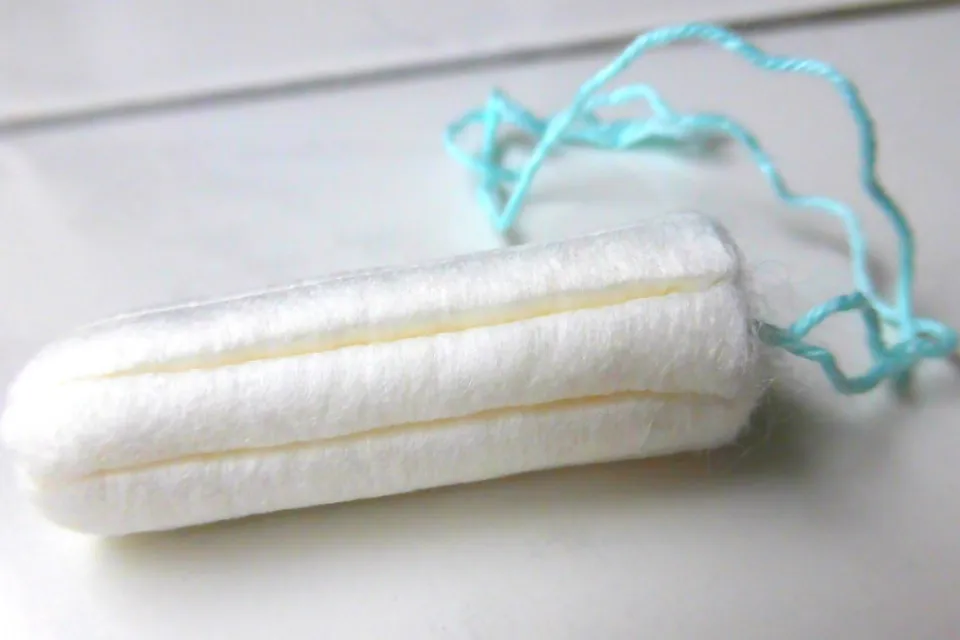
The best candidiasis treatment options can be obtained with the assistance of a medical professional. It might be time to see a doctor if you’ve already tried some at-home treatments for candidiasis. Visit a doctor right away if you haven’t made any significant progress toward recovery. Our virtual doctor, Doctor Alexa, enables you to manage your healthcare at home and receive treatment whenever and wherever you want.
You should see a doctor if you suspect you have a yeast infection. Both over-the-counter remedies and prescription drugs may be used as part of the treatment strategy. Your doctor might give you medication if over-the-counter antifungal drugs do not relieve your symptoms. If the infection is caused by a different yeast strain, your doctor may advise you to reconsider your current treatment.
Can a Yeast Infection Not Fully Go Away?

– The symptoms of most yeast infections start out quickly and last only a few days. Nevertheless, even after the infection has subsided, you might still experience itchy and irritated symptoms. Consult a doctor or nurse if, following treatment, you do not feel better right away.
What Happens If a Yeast Infection Stays for Too Long?
Vaginal candidiasis almost certainly progresses to a vaginal peritoneal infection, which will itch, be red and swollen, and cause inflammation. Infection is possible if the inflamed area cracks or if the scratching persists.
Can Yogurt Cause Yeast Infections in Adults?
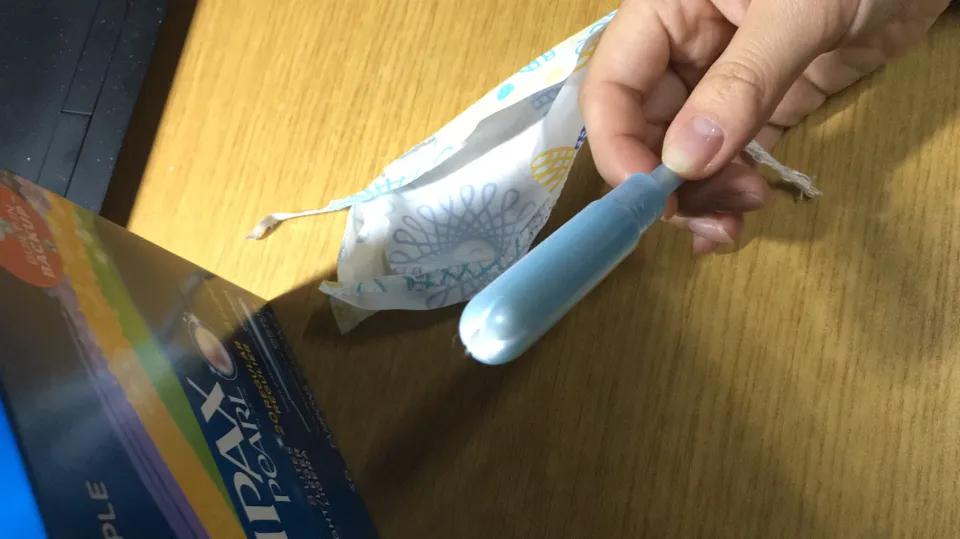
Yeast prefers yogurts because they typically have a lot of sugar in them. In fact, by doing so, you promote the growth of more yeast, which can result in the onset of a yeast infection.
Yogurt contains a lot of bacteria in addition to having many health advantages. Only consume organic yogurts with the least amount of added sugar, and yogurt will work. Typically, the ratio of sugar to fat is higher when the ratio of fat to sugar is lower. Although you might not be able to make your own, it is much simpler than you might imagine.
You can take a number of steps to guard against getting yeast infections. Limiting the amount of added sugar in your diet is one of them. The first stage of this procedure might aid in preventing yeast infections. Additionally, if an infection does occur, you can treat it with antimicrobial supplements. You hope to prevent the infection from getting too bad and leading to serious complications by taking these precautions.
How to Choose the Right Yogurt for Your Yeast Infection?
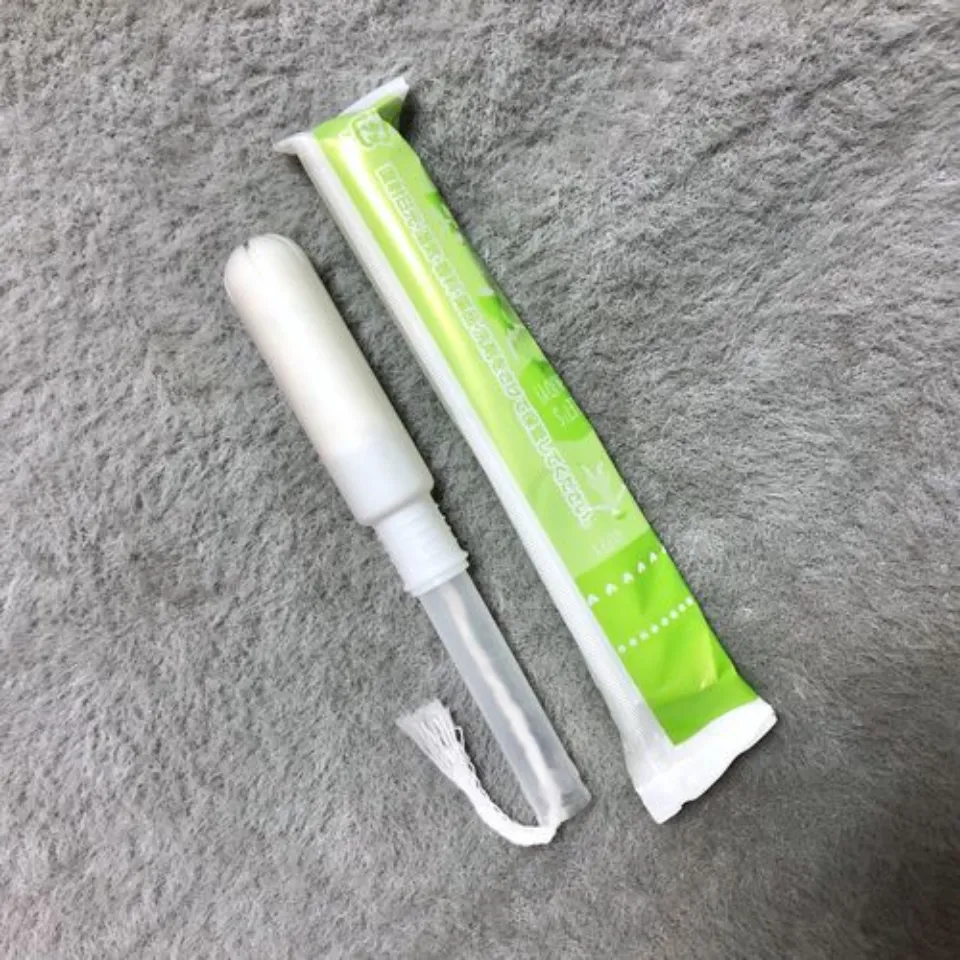
Yeast infections and yogurt should never be combined. Yeast can grow more quickly in yogurt due to its high sugar content. Probiotics, which can help prevent yeast infections, are also present in yogurt. It’s important to keep in mind, though, that not all yogurts are created equal and that some may contain probiotics that raise the possibility of candida overgrowth. Yogurt can be a great supplement to your Candida treatment plan, but it should not be the only source of probiotics.
The Takeaway
Infections with vaginal yeast may be treated with yogurt. There are no significant risks, and it might be less expensive than some OTC antifungal creams.
Try it out and see how it works for you. Visit your physician if this is your first yeast infection. If your symptoms do not improve after a week or if they get worse, you should also see your doctor.
FAQs
How Long Does It Take Yogurt to Work for BV?
Eating 8 ounces of yogurt daily for one week for acute vaginitis (and one month for chronic vaginitis) will eliminate BV or candidal symptoms in those women for whom yogurt therapy will be effective, despite the lack of high-quality studies suggesting standardized dosing and duration of treatment.
Can Eat Too Much Yogurt Cause Yeast Infections?
You should avoid consuming sugar-added yoghurt because doing so can actually promote the growth of candida. Your risk of contracting a yeast infection may be increased by specific foods.
How Much Yogurt Should I Eat a Day to Prevent Yeast Infection?
According to several studies, people need to eat at least one serving of yogurt daily to significantly lower the frequency of yeast infections. In these studies, the yogurt contained acidophilus bacteria, which is generally noted on food labels as containing “live” or “active” cultures.


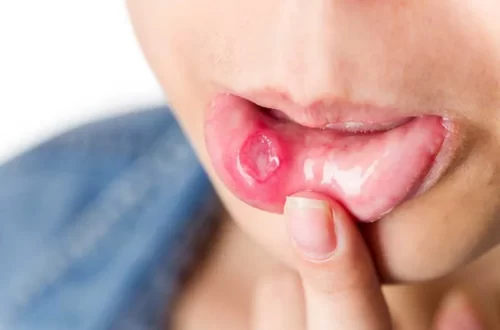


Average Rating